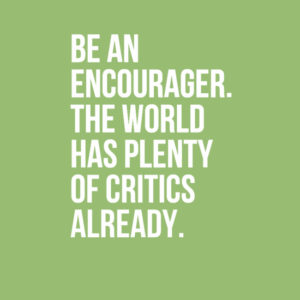This past weekend I had the pleasure of being the closing keynote of the Wisconsin SHRM State HR Conference !! This was a bucket list item for me because I always love the chance to be among my HR peers, and this time I was able to send them forth with encouragement as they headed back to their companies.
My wife traveled with me, and we took some time to explore the Wisconsin countryside. We also stopped to visit one of our dear friends in Milwaukee. This visit was especially awesome because our friend unexpectedly lost her husband in a car accident 16 months ago. We have been in touch, but hadn’t seen each other since his funeral. It was a touching moment as we pulled into the driveway and exchanged warm embraces and some tears.
We spent a few hours catching up on life, family, and work because we just had to fill the gaps. Seeing each other in person is always more powerful than talking online or over the phone. We then asked our friend to show us Milwaukee. We told her that we didn’t want to specifically see the tourist attractions most people expect to see. My wife and I like to see places through the eyes of others. See the city based on what is important to them.
Our friend thought about this for a bit, and then we headed to the car. She drove us around the suburb she lived in and pointed out various landmarks including the high school her kids had attended, where she shopped, her church and a neighborhood called The Shire that had a Hobbit Hole at the front gate. (The HR Nerd in me was so geeked about the Hobbit find !!)
She kept driving for a bit and then we pulled into a retail shopping center. We weren’t sure what we were stopping to see, but she assured us we’d love the store. We walked over to Penzeys which is a store that sells spices. That’s it. Spices.
 The mixture of smells enveloped you as you entered the store. On top of that, the staff greeted us warmly and was genuinely excited that we chose to stop by. One of the staff went to our friend and hugged her warmly and asked how she was, how her kids were and how she was improving each day. The encouragement seemed to drip from every square inch of this amazing store. I never knew there were so many variations of salt, pepper, paprika, cinnamon, vanilla, etc.
The mixture of smells enveloped you as you entered the store. On top of that, the staff greeted us warmly and was genuinely excited that we chose to stop by. One of the staff went to our friend and hugged her warmly and asked how she was, how her kids were and how she was improving each day. The encouragement seemed to drip from every square inch of this amazing store. I never knew there were so many variations of salt, pepper, paprika, cinnamon, vanilla, etc.
What made Penzeys amazing was that each spice had a full description written out along with suggestions on how to use the spice to bring out its fullest potential. It was noted that you only needed a small amount of spice to improve whatever cooking you were attempting. They also offered spice themed magnets, dish towels, gift boxes and other accompanying items that all had positive messages on them. I was floored by this approach.
It made me think of how HR people can be the folks who spice it up with the employees we work with. If we would be the one ingredient that could encourage and lift someone up, imagine what our workplaces would be. And, just like the store, you don’t have to use the same spice for each person. In fact, each interaction you have will require a different ingredient in order to make it come to life !!
This week instead of thinking you need to make massive movements in order for change and improvement to occur, just add a pinch of spice.









